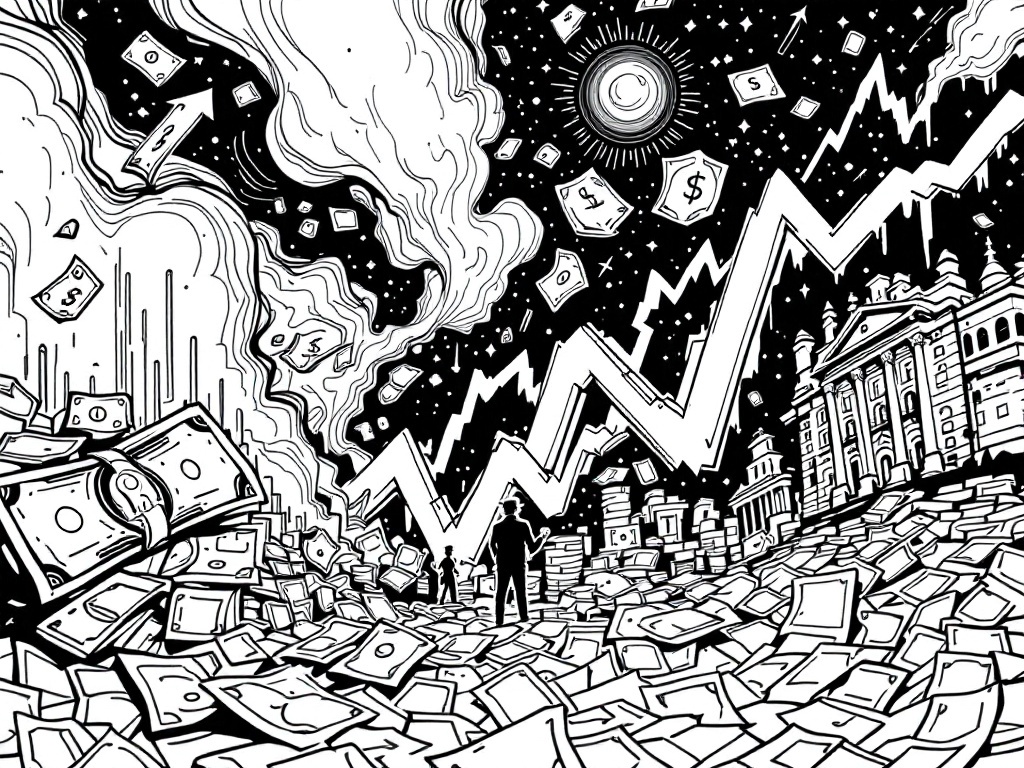US Stock Market Faces Dire First 100 Days Under Trump's Second Term

New York, Wednesday, 30 April 2025.
The US stock market marks the worst first 100 days since 1974, with the S&P 500 falling 7.27%, highlighting the impact of Trump’s economic policies and tariffs.
Economic Concerns Mount Amid Market Decline
Since President Trump’s inauguration for his second term on January 20, 2025, the S&P 500 index has dropped by 7.27%, shedding approximately $3.66 trillion in market value [1]. This downturn marks the most challenging start to a US presidential term since Gerald Ford’s tenure began in 1974 [1]. The market fluctuations are largely attributed to the administration’s tariff policies and economic strategies, which have created significant uncertainty and volatility. The Nasdaq composite index has similarly entered a bear market, declining by 11% [2].
Impact of Tariffs and Trade Policies
Trump’s aggressive tariff policies have not only affected domestic markets but also exerted pressure on international trade relations. A notable 145% tariff on imports from China, combined with a 10% tariff on other countries, has created considerable tension and uncertainty among investors [3]. In an effort to stabilize markets, the president announced a temporary 90-day suspension of increased tariffs, but experts remain skeptical about the long-term effectiveness of this measure [2]. As a result, the broader economy has felt the strain, with the first contraction in GDP in years recorded in Q1 2025 [4].
Investor Sentiment and Market Volatility
The volatility in the US stock market is reflected in the CBOE Volatility Index (VIX), which has surged to levels reminiscent of the onset of the Covid-19 pandemic [1]. Investors have turned to traditional safe-havens, such as gold, which has soared to record highs, recently surpassing $3,500 per troy ounce [1]. According to analysts, consumer confidence is also waning, with sentiment reaching its fourth-lowest level since 1952, indicating potential recession fears [5]. The impact of these economic policies has been profound, leading to significant market retractions and lowering consumer confidence.
Global Economic Repercussions
Globally, Trump’s tariffs have led to adverse effects, particularly in Europe, where early economic gains in 2025 have been overshadowed by the burden of increased trade barriers [4]. Ukraine’s anticipated mineral export agreement with the United States, set for April 30, 2025, highlights the interconnectedness of global markets amid these challenges [2]. Financial experts warn that market stability is imperative for recovery, yet under current policies, stability remains elusive [3]. The Federal Reserve and International Monetary Fund have both sounded alarms, with the latter revising US growth forecasts in light of these developments [5].